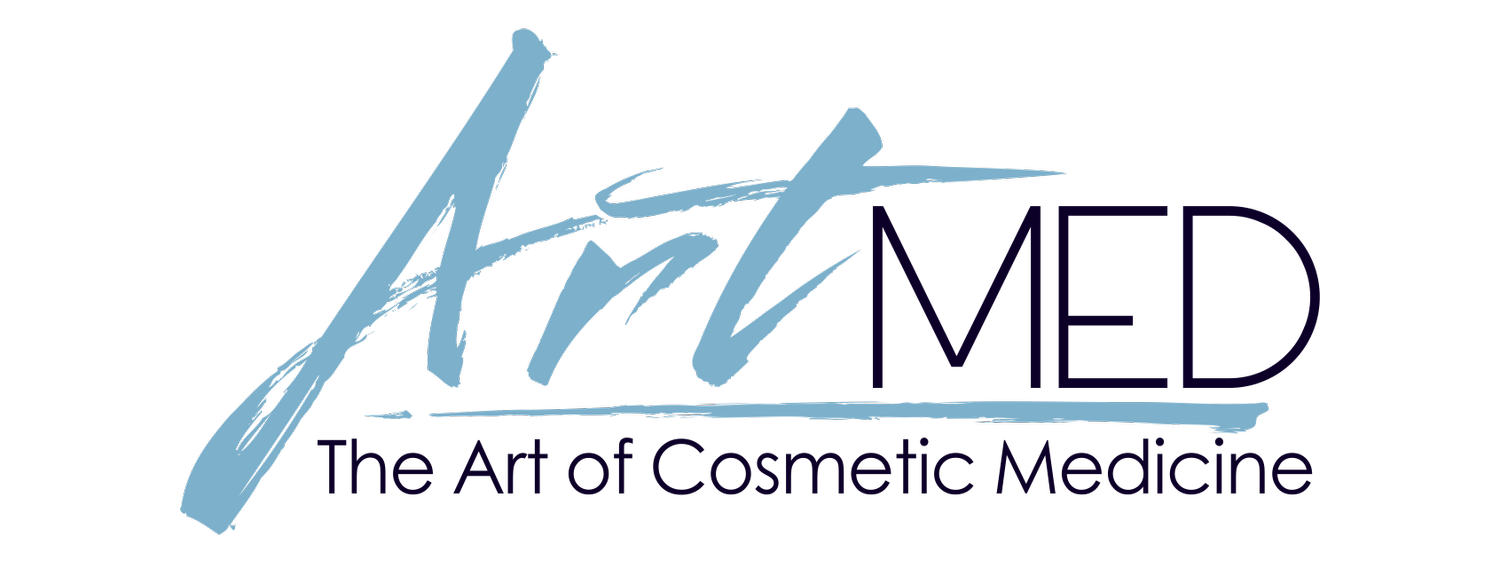All-natural volume enhancement for the face and body
RADIESSE® and RADIESSE® (+) are dermal fillers that are used for smoothing moderate to severe facial wrinkles and folds.
Dermal fillers for volume replacement are a hot topic. Love them or hate them, most people have an opinion. It can be a confusing area of aesthetics with a lot of hype and sometimes misinformation.
First and foremost, it’s important to know that not all dermal fillers are the same or work in the same way.
Most people are familiar with hyaluronic acid fillers (HA) for example Revanesse, Juvéderm or Restylane. This type of filler is commonly used to address volume loss in the face. Anyone familiar with lip filler is probably aware of the many stylings of Kylie Jenner’s lips over the years courtesy of HA fillers. HA fillers are strictly volumizing especially because they draw water to plump the region where they are injected. They last for about 6 to 12 months. Use too much and you’ll look puffy.
Are there alternatives to HA fillers? Yes!
Biostimulatory dermal fillers work in an entirely different way.
What is biostimulatory filler and how does it work?
filler is composed of calcium hydroxyappetite (CaHa) microspheres (30%) suspended in a water-based gel carrier (70%)
CaHa is a naturally occurring mineral found in bone and can be taken as a mineral supplement
CaHa microspheres injected subcutaneously form a matrix onto which your body will quickly build new collagen
gel carrier dissolves and is replaced by your own natural collagen
results in long-lasting, fully natural improvements in volume and skin quality
results can last for 18 months to 3 years
can contour, lift and volumize
no risk of puffiness
An added bonus is the fact that CaHa biostimulatory dermal filler is also suitable for use on the body (HA fillers are not).
If skin on the body is thin, crepey and wrinkled, CaHa can be injected to improve the skin quality and enhance skin thickness.
For example, the skin of the neck, chest and hands is much thinner than the skin of the face. Consequently, these areas age faster especially since they are sun-exposed. CaHa filler can be diluted and then easily injected into the skin of the neck, chest or back of the hands to improve wrinkles, firm the skin and provide added volume to the area.
Similarly, crepey arms or knees/elbows can be improved as can the buttocks. Shaping to a certain degree is possible with CaHa so an individual who wishes to have a shapely buttock could use CaHa although it would be costly. A singe syringe of CaHa typically treats a 10cm X 10cm area and costs about $750.
In Canada, the only CaHa biostimulatory filler is Radiesse and it has been Health Canada approved for use since 2005. Redexis is a new biostimulatory filler that uses polysaccharide (sugar), while Sculptra uses a lactic acid polymer to induce collagen formation.
To enhance results further (knock it out of the park!) CaHa biostimulation can be optimized by the application of energy-based treatments. Collagen formation is boosted when high-frequency ultrasound (Sofwave) or radiofrequency treatment (Thermage/Profound/Forma etc) is undertaken 6-8 weeks after injection of CaHa. Sofwave in particular has a skin-tightening effect which in combination with Radiesse can significantly improve skin quality in difficult to treat areas.
CaHa filler is a specialty treatment, so be sure to visit a medical clinic with a high level of expertise in dermal fillers and a range of energy-based devices. A thorough consultation to determine if you’re a good candidate for treatment is always recommended.
Get the natural, long-lasting aesthetic results you’re looking for and don’t forget to treat your body with the same care. Follow-up care with a pharmaceutical grade skin care regimen at home is encouraged to maintain the benefits of treatment over the long term.

